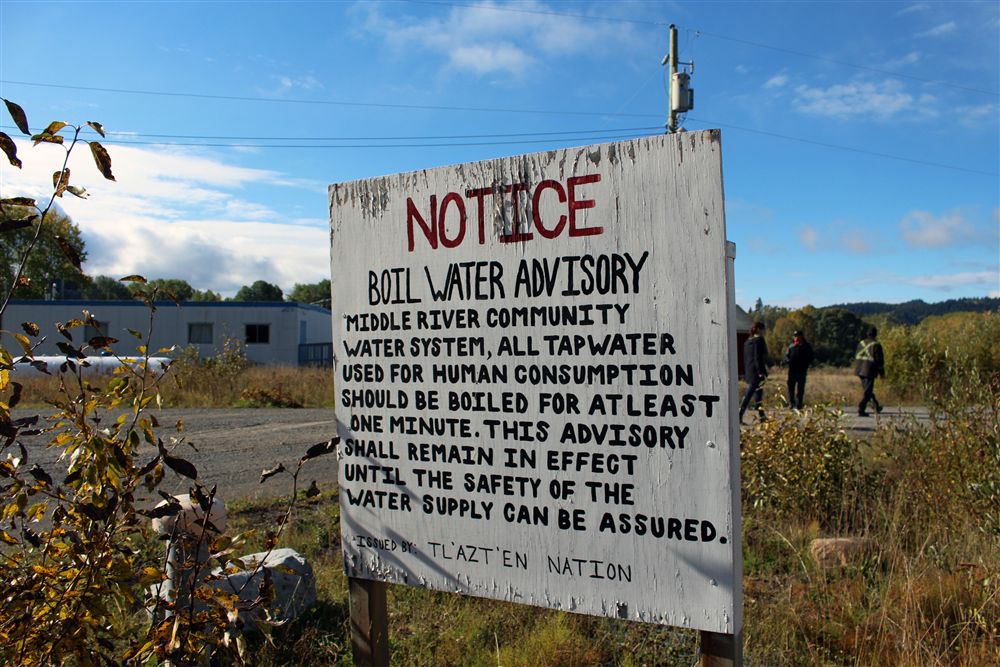A recent article published in the journal Water Security, Advancing human capabilities for water security: A relational approach, argues that water security needs to move away from a material approach to one that “centers on wellbeing, human development, and justice.”
The authors, led by Wendy Jepson, Department of Geography, Texas A&M, wrote that, “Our aim in this paper is not to abandon, but rather reconceptualize water security in ways that explicitly link to broader social and political relations that enable benefits to water related services (e.g., drinking, recreation, productive uses, cultural practices) rather than focus on the materiality of access to water in and of itself.”
Leila Harris, Associate Professor at IRES Institute on Resources Environment and Sustainability, and Sameer Shah, PhD student in Resource Management & Environmental Studies, both of the University of British Columbia, two of the studies contributors, spoke with Water Canada about their article. A shift in the understanding of water security towards “a hydrosocial process,” as the authors describe it, has implications for Canada’s First Nations, said Harris and Shah, “Rather than seeing First Nations reserves as simply lacking safe water, and focusing on the ways to ‘fix’ this through water provision and treatment, our reorientation draws attention to the broader ‘socio-hydrological’ processes that produce water insecurity.”
The authors’ reframing of water security moves away from accounting for water as a static resource, and emphasizes understanding water from a systems approach. “Focusing on the systemic processes that lead to insecurity is really the only way to find true and lasting solutions to the ongoing [First Nations water] crisis. This is something many observers, Elders, and practitioners have called for in the context of First Nations’ water security,” said Harris and Shah. “If women are traditionally considered keepers of the water, perhaps we should not only be thinking about new treatment facilities, but how to create and support relationships and socio-hydrological dynamics that are consistent with this notion of community wellbeing.”
One of the primary concerns with the current approach to water security is that it is “…largely compatible with privatization…. often leading to an overly narrow focus on potable water interventions while sidelining productive or other water needs,” wrote Jepson et al. The reframing is based on Amartya Sen and Martha Nussbaum’s capabilities approach. Such an approach is advantageous over a material one, because as Harris and Shah said, “When we understand insecurity beyond the presence or absence of safe water, we can focus on improving the relationships that govern and maintain these patterns. Doing so will allow us to make progress towards more equitable and sustainable water access.”
Cover photo credit: RES’EAU & Dr. Madjid Mohseni.









